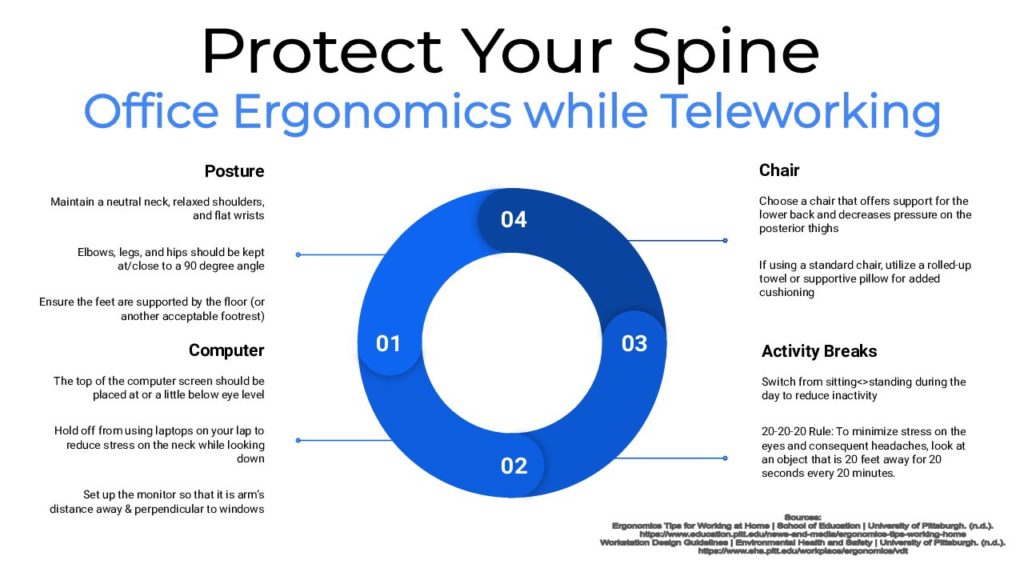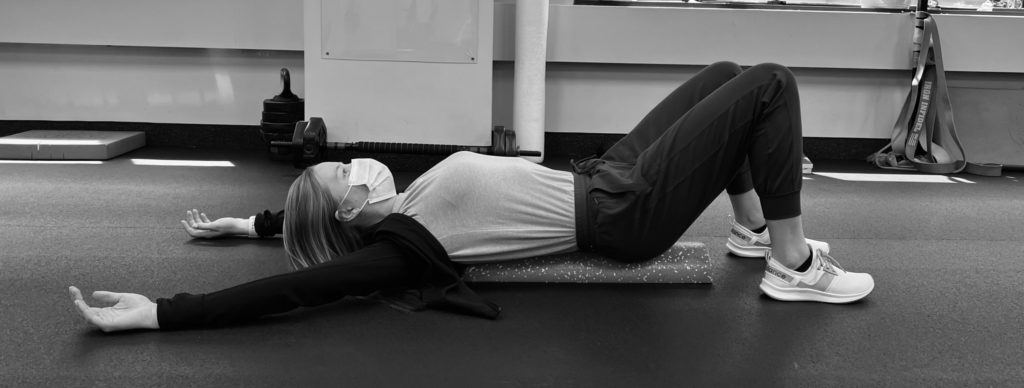A C-section consists of a surgeon making a cut across the belly and above the pubic area. The healing process of the incision takes about 6-8 weeks. During pregnancy, your core muscles are weakened and then weakened further by the C-section procedure. However, physical therapy is typically never prescribed by gynecologist after this procedure. The reason for this is most likely due to lack of knowledge of the aftermath of the mother’s physical health 6 to 8 weeks after a C-section.
After giving birth, you are expected to care for your child which requires lifting, bending, and squatting. These are all activities that require core strength. Therefore, physical therapists usually end up seeing patients post C-section that develop lower back pain from a weak core.
To stop this trend, people that receive a C-section should all consult with a physical therapist to learn how to safely build back core strength! A physical therapist will provide you a safe progression of exercise to work toward your ultimate goals of taking care of your child and or back to your sport of choice. If you know anyone that will be receiving a C-section, please mention to them that after they are released back to activity by their physician they should make an appointment for physical therapy.


